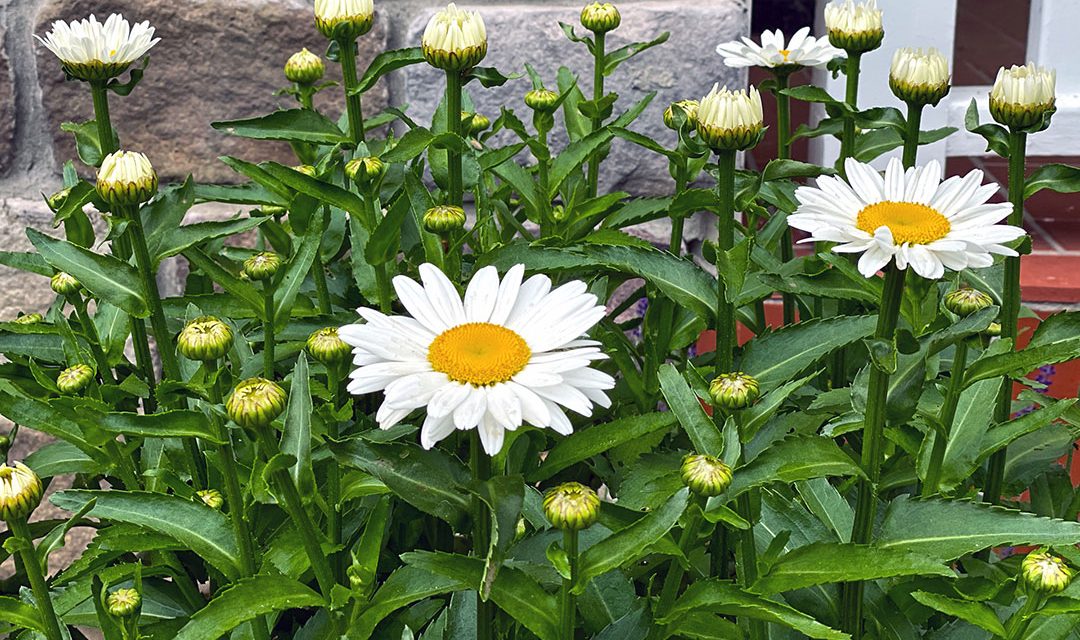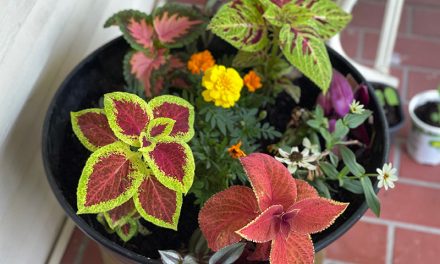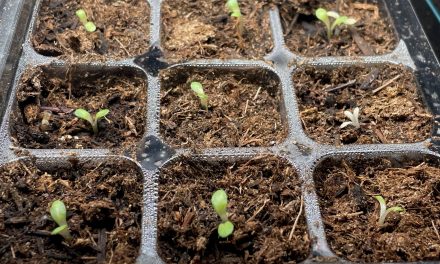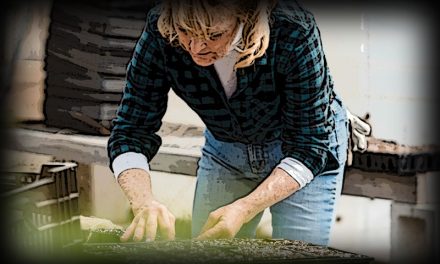Shasta Daisies: Planting, Growing, and Caring
Shasta daisies (Leucanthemum x superbum) are perennial flowers that are native to Europe but have become naturalized throughout North America. They are known for their white daisy petals, yellow disk florets, and glossy dark green leaves. Here are some key points about planting, growing, and caring for Shasta daisies:
- Planting: Shasta daisies can be planted in the spring after the danger of frost has passed. Dig a hole about twice the diameter of the root ball and place the plant in the hole, filling it with the original soil. Gently tamp down the soil and water the plant well.
- Growing: Shasta daisies tend to form clumps that are 2 to 3 feet tall and 1 to 2 feet wide. They can be aggressive growers, so if you don’t want them spreading, choose varieties that don’t produce viable seeds or remove flowers before they go to seed. Shasta daisies need at least 6 hours of full sun per day and well-draining soil. They are hardy in USDA zones 5-9 and bloom from early summer to early fall.
- Caring: Shasta daisies are relatively low-maintenance perennials. They prefer well-drained soil and require full sun. While they can tolerate average soil conditions, excellent drainage is a must to prevent root rot. Deadheading the flowers can encourage more blooms to emerge from the same stem. It’s also important to watch out for pests like earwigs, which can nest around the roots of Shasta daisies.
Shasta daisies are popular for their beauty and versatility. They can be used as cut flowers and their blooms can last a week or more in arrangements. These daisies are also known to attract butterflies when in bloom. With their cheerful flowers and low maintenance requirements, Shasta daisies are a great addition to any garden.
I hope this information helps you with your Shasta daisies! Let me know if you have any more questions.
Views: 3








dskdc3
fyrrbl
pgiy6f